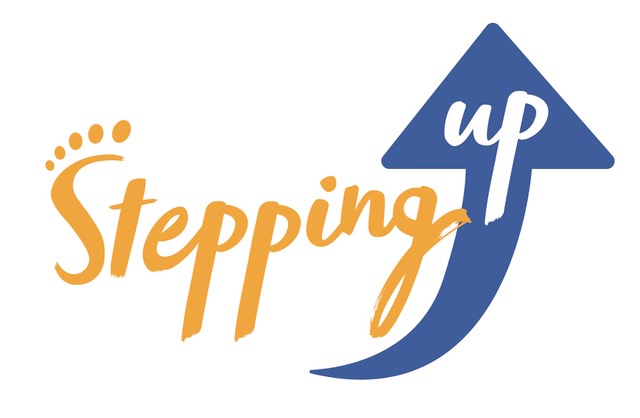The STEPS ‘Next Steps to RunFree2030 Webinar,’ held on World Clubfoot Day, Monday, 3 June 2024, was a powerful gathering that addressed the pressing economic and social factors contributing to untreated clubfoot. This congenital condition, medically known as congenital talipes equinovarus, twists one or both feet inward and downward, making them rigid and challenging to move into the correct position. While treatable, clubfoot remains a significant issue in regions like Southern and East Africa, where it affects approximately 1 in 500 children born each year.
The Reality of Clubfoot in Southern Africa
In Southern Africa, an estimated 11,000 children are born with clubfoot annually, with around 2,000 cases in South Africa alone. The economic burden posed by untreated clubfoot is substantial. Yulisha Naidoo, a Masters of Public Health candidate at the Health Economics Unit at the University of Cape Town, highlighted this during the webinar. She emphasised how untreated clubfoot imposes an avoidable financial strain on South Africa’s economy. According to research by UNICEF, more than half of children with disabilities never attend school, leading to missed employment opportunities and perpetuating a cycle of poverty.
“South African families with children with disabilities incur higher health costs, pushing them deeper into poverty and increasing reliance on government and social welfare grants. This ultimately increases the burden on the government and the taxpayer in the long run,” Naidoo told SA Lifestyle Magazine.
The Broader Implications
The marginalisation and stigmatisation faced by individuals with untreated clubfoot are deeply concerning. Professor Arnold Christianson, Head of the Division of Human Genetics at the University of the Witwatersrand, drew parallels between the marginalisation experienced by clubfoot sufferers and that faced by HIV/AIDS sufferers in the 80s and 90s. He noted that congenital conditions like clubfoot often do not receive healthcare priority in South Africa, impacting individuals’ right to human dignity.
Dr. Marilize Burger, an Associate Professor at Stellenbosch University’s Faculty of Medicine and Health Sciences, explained that while the exact cause of clubfoot remains unknown, environmental and genetic factors potentially play a role. She emphasised the critical importance of early intervention and treatment, highlighting risks such as prescription drug use, smoking during pregnancy, maternal exposures, and family history. Dr. Burger also noted the higher prevalence of clubfoot in low and middle-income countries and significant regional variations.
Watch video here: https://www.youtube.com/watch?v=hBgUKl0yJxQ
A Call to Action
Karen Moss, Founder and Executive Director of STEPS, a dedicated non-profit organisation supporting families affected by clubfoot in Southern Africa, highlighted the cost benefits of clubfoot treatment. “The STEPS Clubfoot Care programme works in partnership with health professionals and specialist clinics in the South African state health sector to bridge the gap in resources and improve successful outcomes. For one child with clubfoot, it costs STEPS just R2500 to support their treatment over four years. Successful treatment allows a child to walk properly, attend school, and positively contribute to society as they get older. Not being able to treat children with clubfoot is economically counterproductive, leading to greater long-term expenses from unemployment and long-term healthcare dependency, not to mention the mental health implications of not being able to fully participate in society. It is unfortunately a heartbreaking reality that many South African families, especially in rural areas, cannot afford regular clinic visits for this treatable condition.”
Webinar chair, Associate Professor Jacques du Toit from the University of Stellenbosch, emphasised the importance of collaboration among all stakeholders during these times of significant global austerity challenges. By working together, we can ensure continuous and improved treatment for this vulnerable group of patients, aiming to run free from disability by 2030.
Watch the recording of the webinar here: https://we.tl/t-WcnOp83X5a
The RunFree2030 Initiative
Global Clubfoot Initiative, an umbrella body of clubfoot organisations, relaunched RunFree2030 on World Clubfoot Day which was on 3 June 2024. The initiative aims to provide essential treatment to children with clubfoot living in resource-restricted countries using the Ponseti method—a 95% effective, cost-effective, and non-invasive treatment involving a series of casts, gentle manipulation, and braces.
In 2023, STEPS supported 4,703 children, including 1,162 new patients enrolled, across 40 partner clinics in South Africa. Despite these efforts, this only addresses half of the estimated 2,295 new cases annually, highlighting the need for more critical support. The organisation is calling on South Africa’s private sector to help raise R1 000 000 to supply essential clubfoot braces to even more children, with braces costing between R3,000 and R8,000 each.
How You Can Help
To sustain its efforts, STEPS invites everyone to join their “Stepping Up” initiative through BackaBuddy, aiming to recruit sustaining donors to provide regular support. “By using the successful individual giving Campaign model, where each person recruits five monthly donors, and those donors do the same, we can mitigate and prevent severe lifelong disability quickly and more effectively,” concluded Moss.
For more information and to become a “Stepping Up” champion, visit their BackaBuddy campaign here: https://www.backabuddy.co.za/campaign/stepping-up-to-change-a-childs-life
SOURCE: SA Lifestyle Magazine
